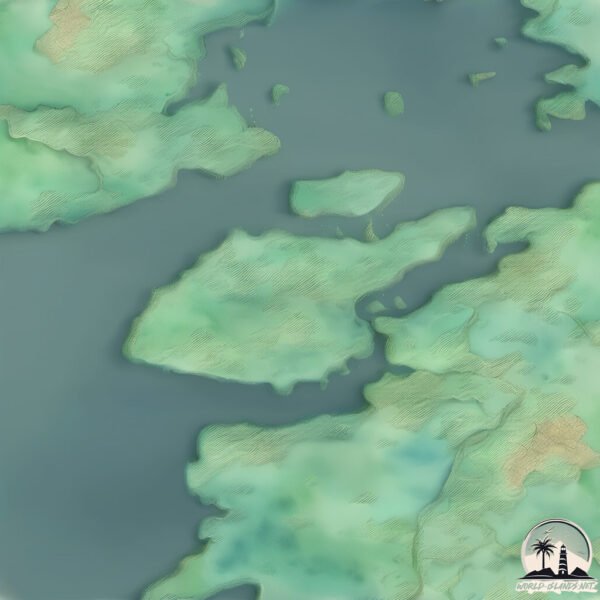Welcome to Earl , a Continental island in the Labrador Sea, part of the majestic Atlantic Ocean. This guide offers a comprehensive overview of what makes Earl unique – from its geography and climate to its population, infrastructure, and beyond. Dive into the details:
Geography and size of Earl
Size: 36 km²Coastline: 36.1 kmOcean: Atlantic OceanSea: Labrador SeaContinent: North America
Earl is a Medium Island spanning 36 km² with a coastline of 36 km.
Archipel: –
Tectonic Plate: North America – Covers North America and parts of the Atlantic and Arctic Oceans, characterized by diverse geological features and varying levels of seismic activity.
The geographic heart of the island is pinpointed at these coordinates:
Climate and weather of Earl
Climate Zone: ContinentalClimate Details: Subarctic ClimateTemperature: Cold Summer
Climate Characteristics: Characterized by long, extremely cold winters and short, cool summers, often found in northern latitudes of North America and Eurasia.
Topography and nature of Earl
Timezone: UTC-03:30Timezone places: America/St_JohnsMax. Elevation: 101 m Mean Elevation: 47 mVegetation: Open WoodlandTree Coverage: 40%
The mean elevation is 47 m. The highest elevation on the island reaches approximately 101 meters above sea level. The island is characterized by Plains: Flat, low-lying lands characterized by a maximum elevation of up to 200 meters. On islands, plains are typically coastal lowlands or central flat areas.
Dominating Vegetation: Open Woodland
Vegetation: 8 vegetation zones – Very Highly Diverse Island
Infrastructure and Travelling to Earl
Does the island have a public airport? no .
Does the island have a major port? no .
The mean population of Earl is 0 per km². Earl is Uninhabited. The island belongs to Canada .
Continuing your journey, Huntingdon is the next notable island, situated merely km away.
Sunset Island - Earl Klugh
Sunset Island - Earl Klugh.
Sunset Island - Earl Klugh
Sunset Island - Earl Klugh.
Sunset Island - Earl Klugh.
Survivor: Fiji - Earl's Island
"Earl's island in Fiji" is what he oficially named the exile island. I ...
"Earl's island in Fiji" is what he oficially named the exile island. I do not own Survivor, I own nothing of Survivor. Survivor is ...
Earl - All That Glitters (Official Video)
'All That Glitters' is available to stream and instant download if you ...
'All That Glitters' is available to stream and instant download if you pre order Earl's upcoming album here: ...
Canada is classified as Developed region: G7: Group of Seven – Major advanced economies, including Canada, France, Germany, Italy, Japan, the United Kingdom, and the United States. The level of income is High income: OECD.
News – Latest Updates and Headlines from Earl
Stay informed with the most recent news and important headlines from Earl. Here’s a roundup of the latest developments.
Loading...
Please note: The data used here has been primarily extracted from satellite readings. Deviations from exact values may occur, particularly regarding the height of elevations and population density. Land area and coastline measurements refer to average values at mean high tide.

